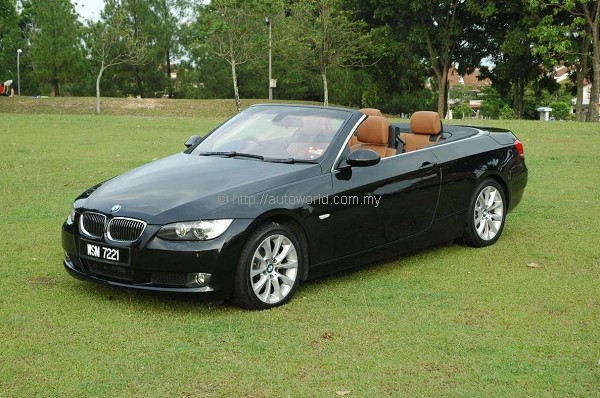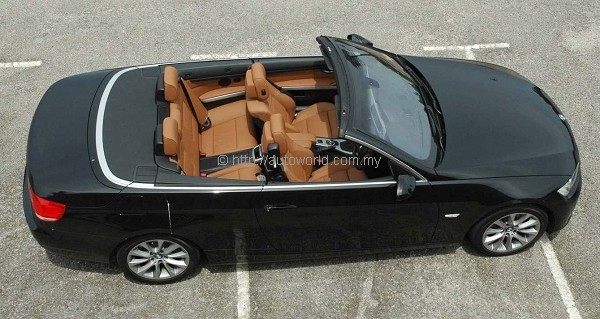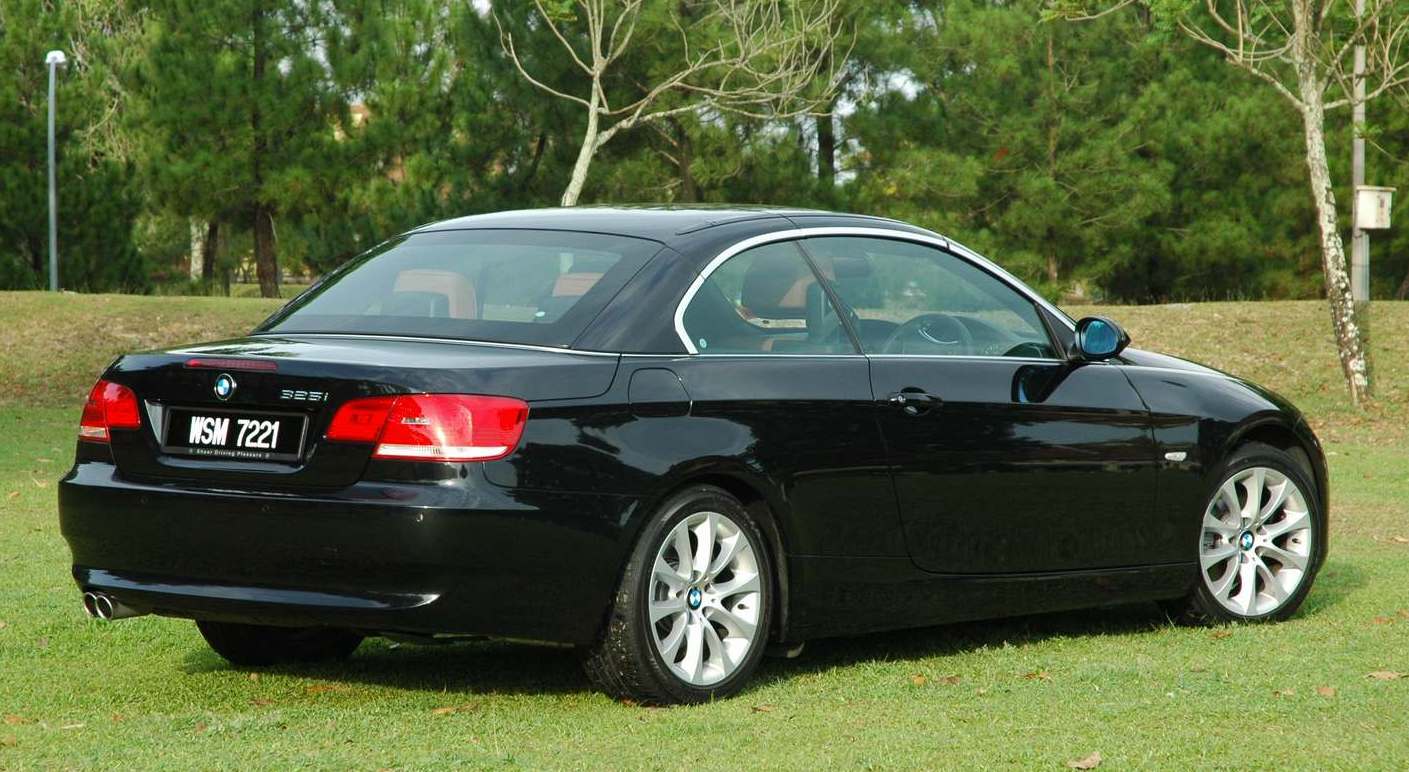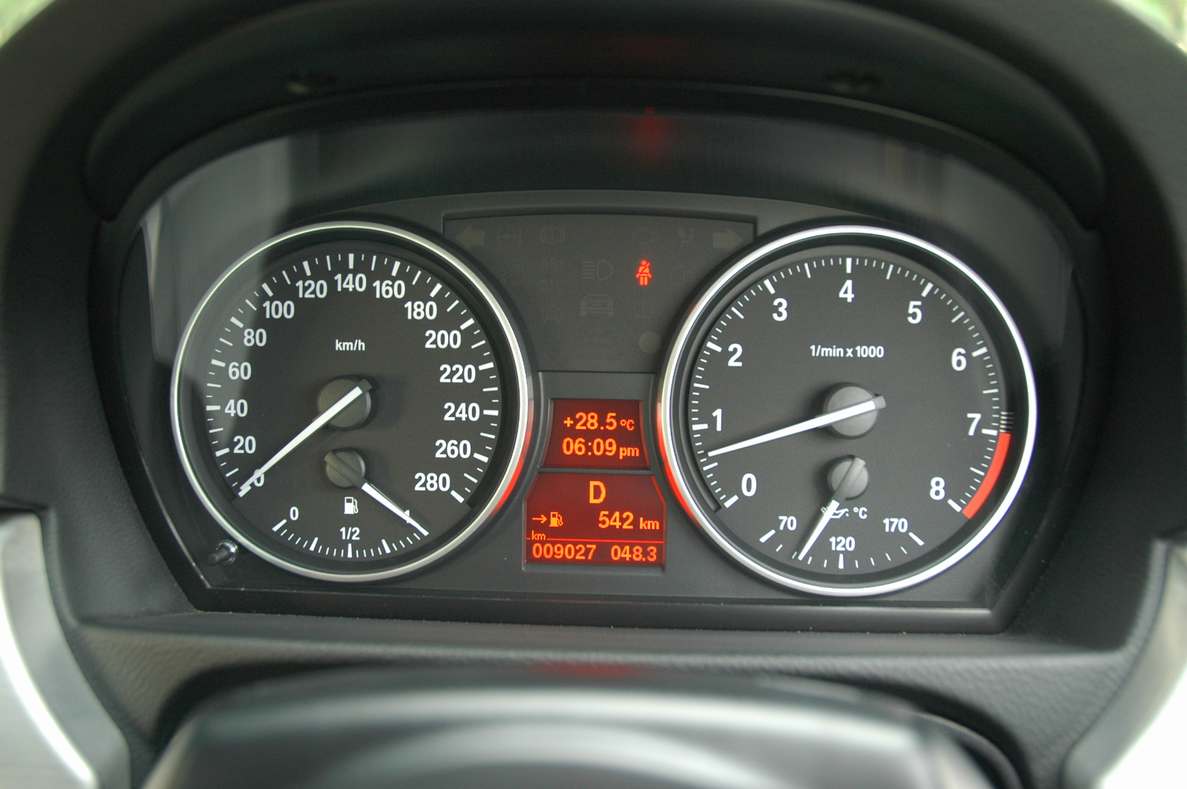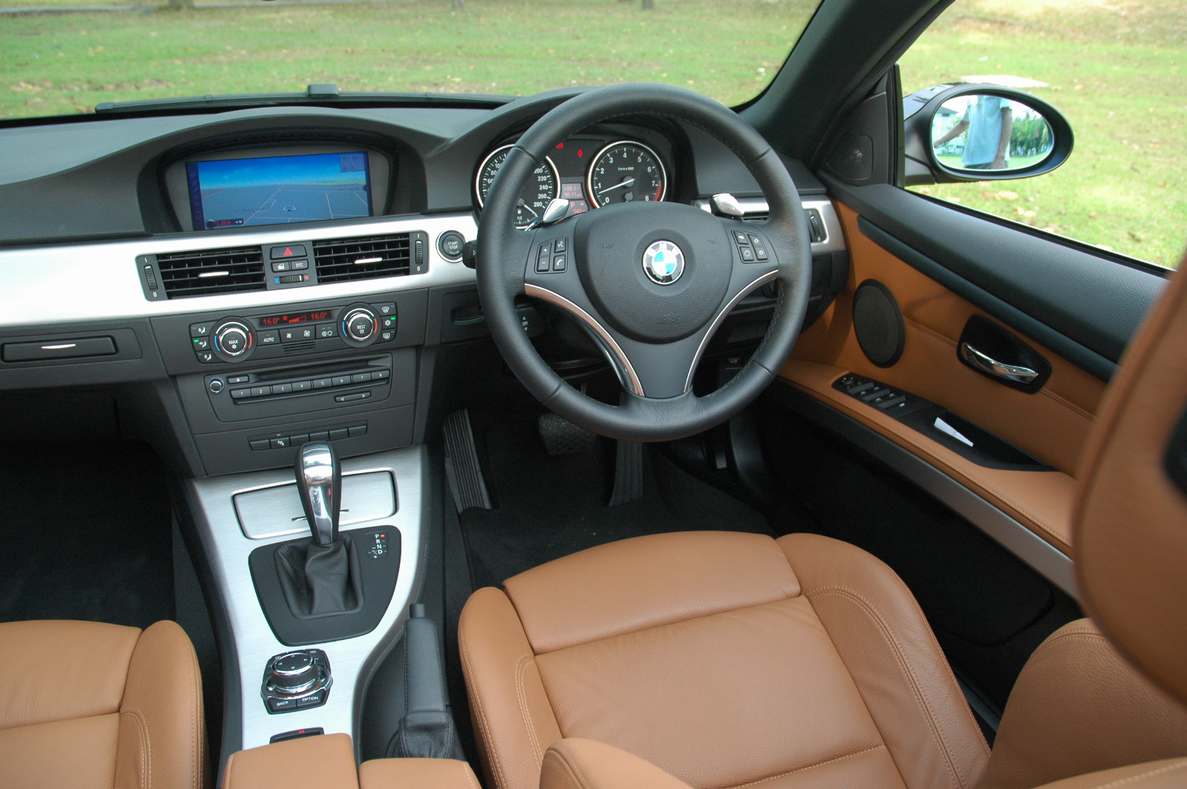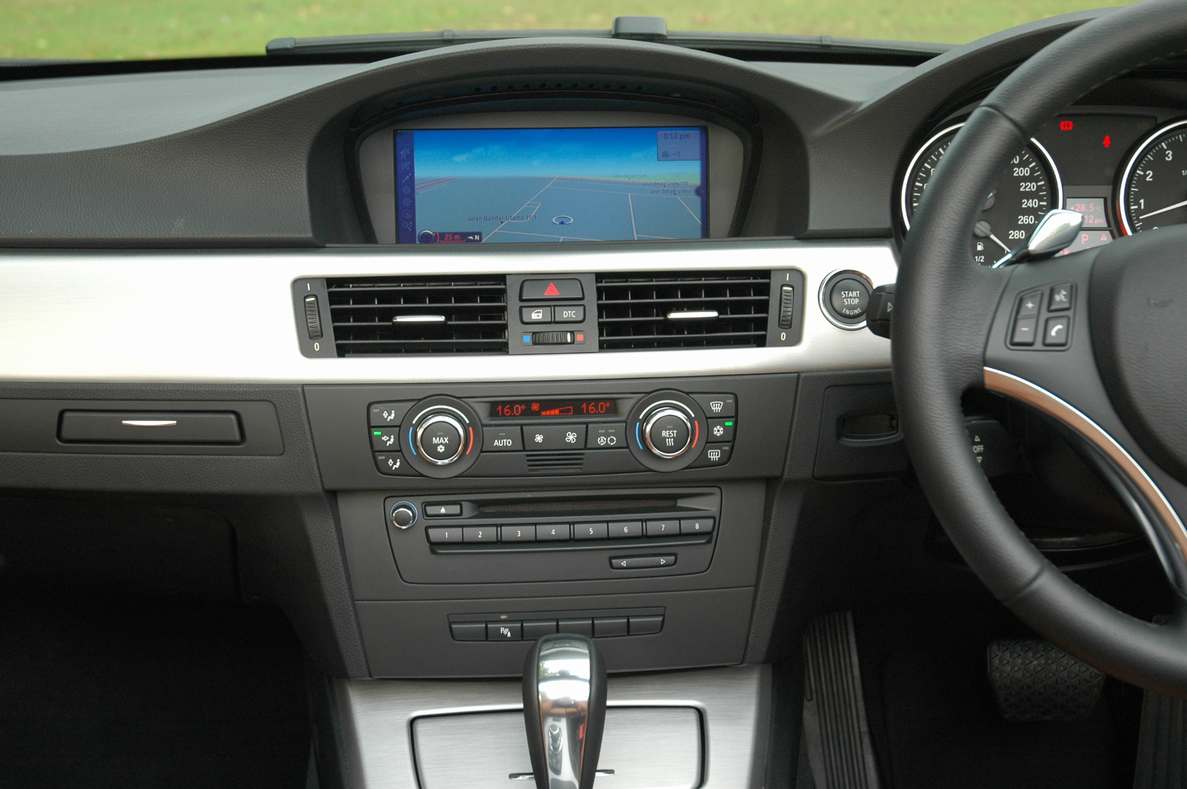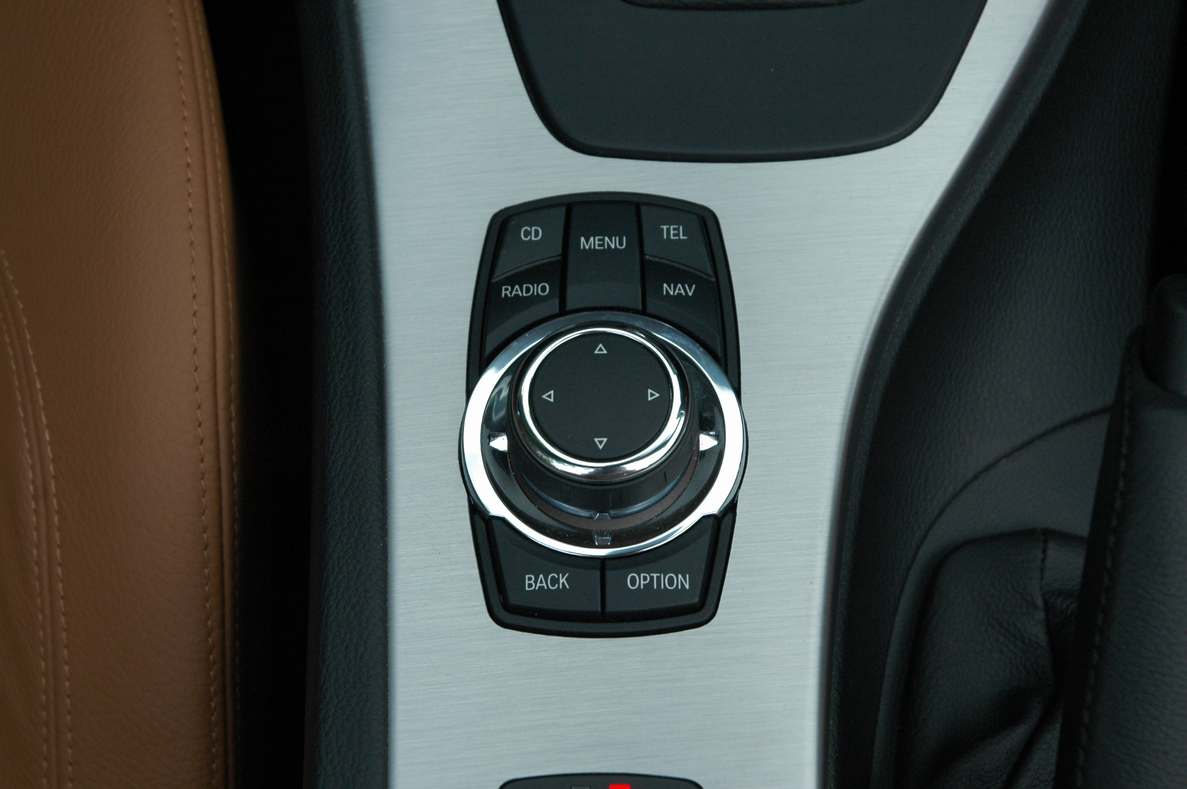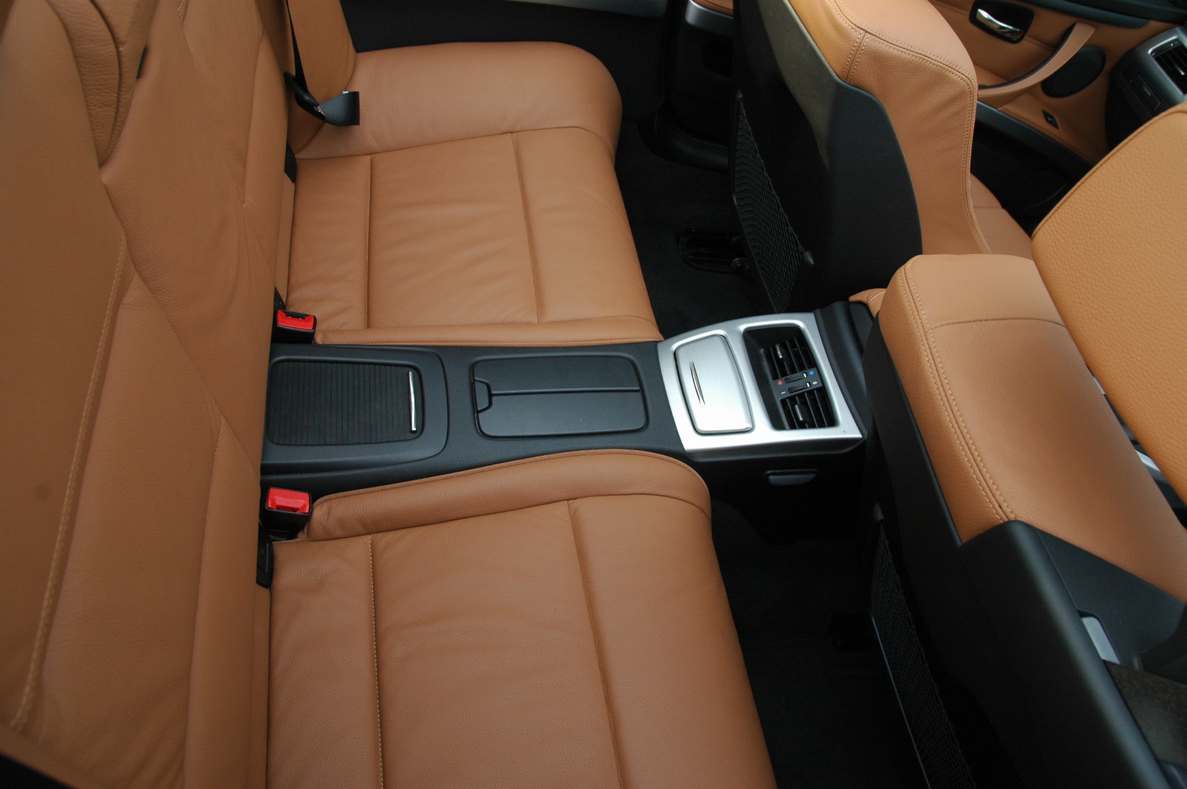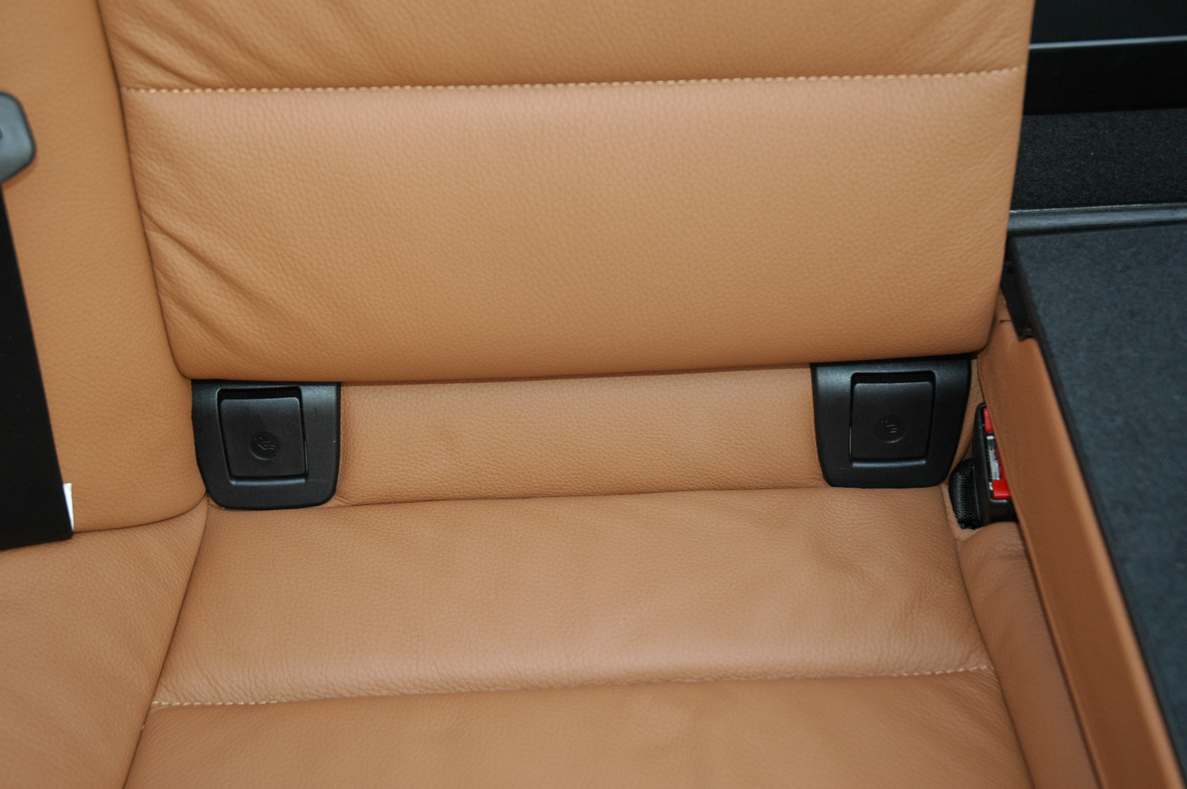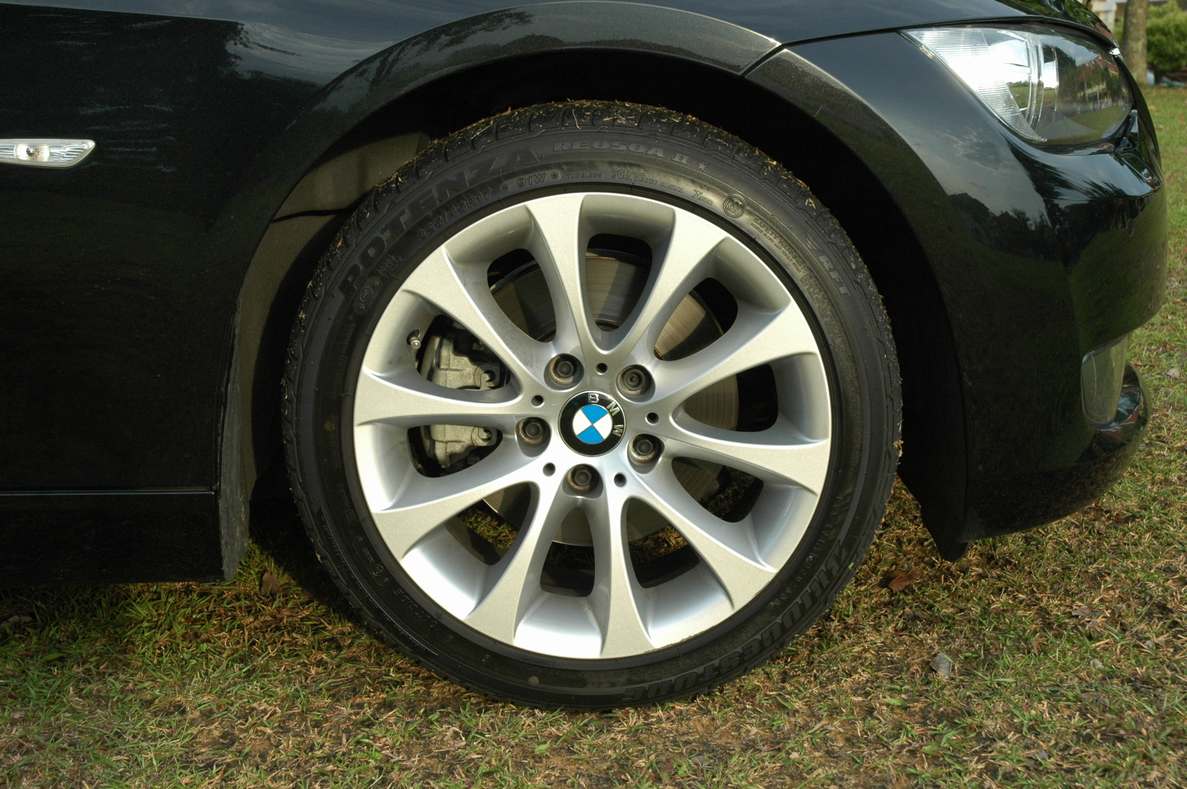325i Convertible – One more BMW 3-Series For You
The Z4 is BMW’s true blue convertible, but it is limited by its two-seater capacity – I own a convertible myself, not the Z4, but it is also a strict two-seater; whenever I need to move more than two persons, or have some larger pieces of luggage or goods to carry, the convertible stays at home, and out comes my truck.
The new BMW 325i Convertible is just what you need if you have a more than frequent call for four seats. There is some compromise though; it is a two door, and that means the rear passengers need to be just a little inconvenienced for ingress or egress. But the plus side of it is now you only need to have one car, and not two.
To be in the running, all convertibles now need an electrical mechanism, because gone are the days when people would patiently stop by the roadside to put a soft top on or off; in fact, the risk of being mugged is so great nowadays you don’t even want to stop anywhere if you can help it.
With an electro-hydraulic single button operation, the roof folds away neatly into the boot in about 20 or so seconds, just like the BMW Z4, and you can go topless anytime the weather permits. At other times, when you are commuting to and from work in the hot, humid, dusty and grimy city traffic conditions, you can relax and enjoy the normalcy of a roof over your head and cool air-conditioning.
Other than the fact that this car is a two-door, the fact that it is a convertible would probably go unnoticed by the rest of the world, unless of course, you decide to flip the roof open at a traffic light, something you might want to do if you are out in the country side, and the sun is on the way down over the horizon. One of the best times to drive with the top down is when it is near dusk or a t night, especially after a cooling shower has freshened up the greenery. If it is not cool enough, you can always leave the air-conditioning on. For smokers, the inside becomes the outside, as my good friend Alveen said about my other convertible.
The particular car I took for my test, courtesy of BMW Malaysia came with sports suspension; the ride is firmer than in standard trim, and although I enjoyed the crisp handling, I actually thought that leaving things in original specs would have been fine. After all, if I wanted an out and out performance machine, there are other variants that are easily available from the marque. The people who go for convertibles are more likely to be those who are more relaxed in their driving styles, and these are people who would appreciate a softer ride over improved cornering performance.
The 218 horses from the 2.5 litre engine gives just about the ideal balance between power and reasonable fuel economy. You can cruise easily at anything between 180 and 200 km/h and not feel like you are on the edge. With a speed of approximately 50 km/h per 1000 rpm in top gear, the engine feels relaxed and unhurried, helped along by excellent sound-proofing in the engine bay. The body remains extremely rigid although the roof is ‘fluid’ with the convertible top, and you don’t get the ominous creaks that plague many other convertibles; the car is still new, of course, but the construction and the feel seem to indicate that it will stand the test of time.
Power is transferred to the road through a 6-speed automatic gearbox, exactly the same as in the standard model, and 17-inch wheels with Potenza tyres provide traction and road grip. The front tyres are 225 /45 Series tyres, while the rear tyres are wider and lower profile types (255/40 Series). For the first time in my life, I had the dubious honour of testing ‘run flat’ tyres; the ones on the BMW 325i Convertible are, and as luck would have it, I suffered a flat. The early warning came when the tyre pressure indicator lit up with a soft audible alarm and a message on my instrument panel telling me that I have suffered a tyre pressure loss. Then a message told me that I could drive at a maximum speed of 80 km/h on the flat tyre.
Getting down, I found that it was the rear left tyre, and looking in the boot, I of course found no spare, and there was no compressor or tyre kit in the car. I was 160 kilometres away from base, but I made it back safely. Driving at 80 km/h is quite an experience in itself; firstly, I found out that there are many people who drive at speeds lower than this; I was overtaking others on the road, and although the steering does get a little wobbly, the car still is safe to drive. I think the speed limitation is to keep it safe for even the world’s worst driver to control the car; on the straights it is fine, but on corners, the tail does tend to wobble just a little. The worry I had was that the tyre sidewalls would heat up through the flexing of the rubber, and stopped periodically to allow them to cool down a little. My BMW expert, Ikuno-san told me that the tyres are good for 150 kilometres at 150 km/h, but by the time I got the car back to BMW, there were some strange smells although the tyres looked as if they could go on for another 150 kilometres.
Road handling is marginally less crisp than the standard model, perhaps due to the additional weight necessitated by the additional plumbing for the convertible roof top, and the luggage space suffers too, but I think the compromise is worth it. Body roll is marginally more, and the balance is slightly affected too, but not in any major way that the average driver would notice.
Overall, I am of the opinion that the BMW 325i Convertible is great to own; In isolation, it would not appeal to the masses who would rather go for a four-door; as part of the many variants available from the marque, it caters for the very few individuals who want a car that will take them to work on humdrum week days, and allows the spirit to run wild and free on weekends and nights out.





